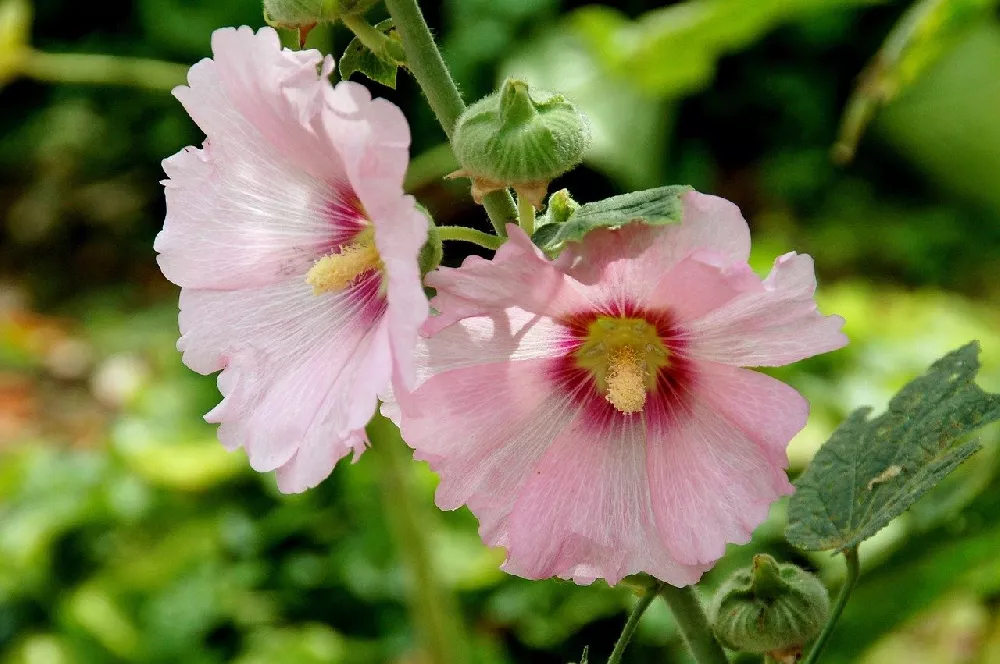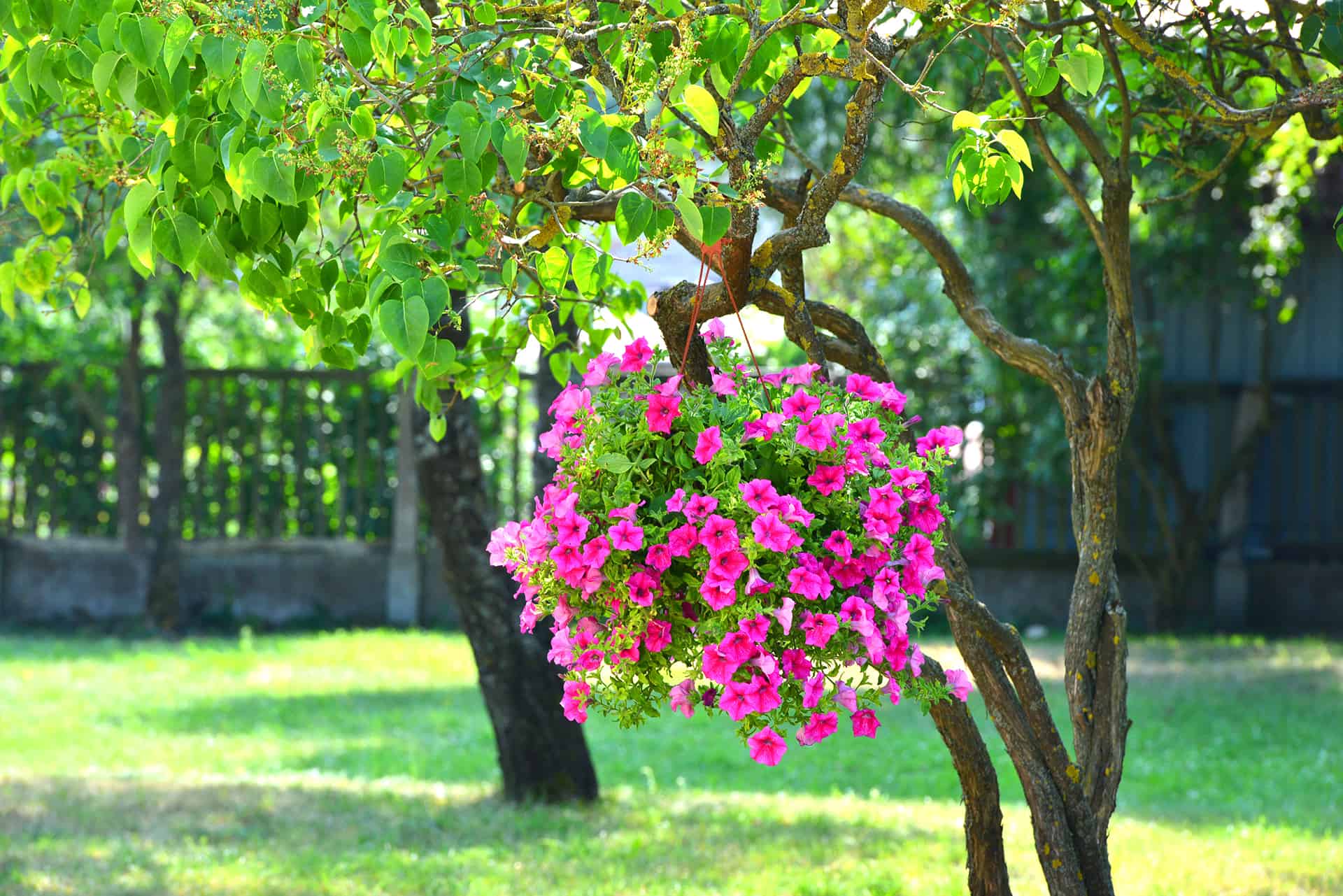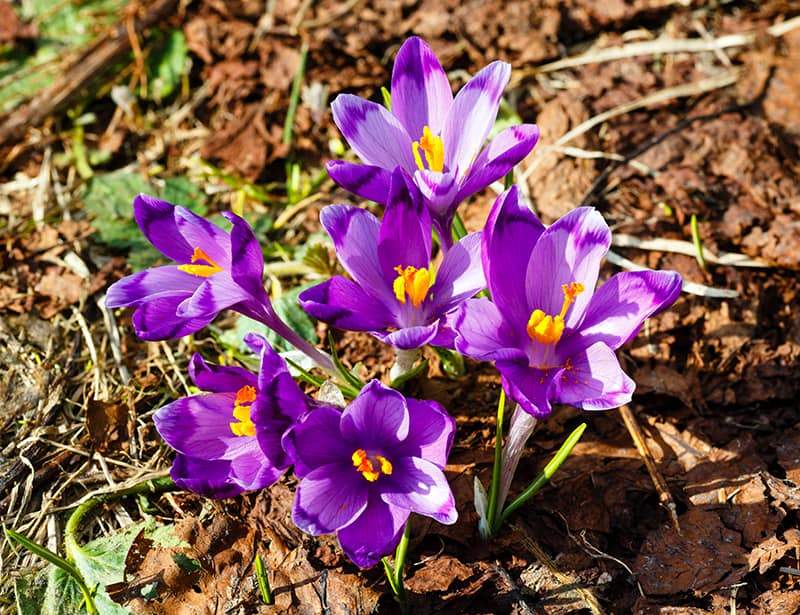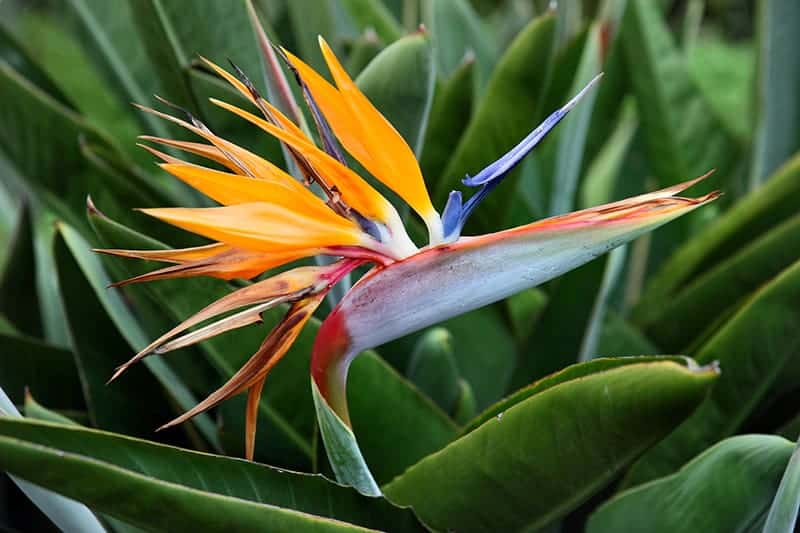Plants with Black Flowers for Sale - Buying & Growing Guide
1 Results
Plants with Black Flowers – Buying & Growing Guide
When you think of a garden, black flowers are not usually the first thing to come to mind. Yet they can add elegance and mystery to your landscaping. Most black flowers are actually a very dark purple or red and were created through careful breeding. Explore the different types of black flowers and learn how they can enhance your garden.
Types of Black Flowers
| Type | Growing Zones | Mature Height | Sun | Features |
| Black Barlow Columbine, Aquilegia vulgaris var. Stellata ‘Black Barlow’ | 3-9 | 1-3 feet | Full to partial sun: 4 hours of light or more | Perennial; excellent cut flowers; rich plum-purple flowers; ferny foliage |
| Blacknight Hollyhock, Alcea rosea ‘Blacknight’ | 3-9 | 5-6 feet | Full sun: 6 or more hours a day | Robust perennial; funnel-shaped 4 inch deep purple blooms; attracts pollinators |
| Black Surprise Sword-Lily, Gladiolus ‘Black Surprise’ | 8-11 | 3-4 feet | Full sun: 6 or more hours a day | Velvety burgundy-black flowers; grown from corms; excellent cut flowers |
| Men in Black Bearded Iris, Iris Germanica ‘Men in Black’ | 3-9 | 2-3 feet | Full sun: 6 or more hours a day | Purple-black ruffled petals with yellow “beard”; deer resistant; drought tolerant |
| Black Baccara Hybrid Tea Rose, Rosa ‘Black Baccara’ | 5-9 | 3-6 feet | Full sun: 6 or more hours a day | Large 3 inch velvet dark red blooms; excellent cut flowers; blooms throughout summer |
| Karma Choc Black Dahlia, Dahlia ‘Karma Choc’ | 8-11 (dig up tubers in colder zones) | 2-3 feet | Full sun: 6 or more hours a day | Perennial; 4-6 inch dark red-brown flowers; long vase life; blooms July-frost |
| Persian Lily, Fritillaria persica ‘Adiyaman’ | 4-8 | 2-3 feet | Full sun: 6 or more hours a day | Bulbous perennial; bell-shaped plum-purple flowers; blooms in spring; deer and rabbit resistant |
| Chocolate Soldier Peony, Paeonia ‘Chocolate Soldier’ | 3-8 | 2-3 feet | Full to partial sun: 4 hours of light or more | Chocolate-brown flowers; heavy bloomer in late spring; dense and bushy habit |
| Black Calla Lily, Zantedeschia ‘Odessa’ | 8-10 | 1-2 feet | Full to partial sun: 4 hours of light or more | Dramatic dark purple spathes (flowers); can grow in shallow water; plants are toxic |
| Queen of Night Tulip; Tulipa ‘Queen of Night’ | 3-8 | 2-3 feet | Full sun: 6 or more hours a day | Best planted in groups in fall; purple-black cup-shaped blooms; sturdy stems |
How to Plant and Grow Flowers
Although plants that grow from bulbs, such as tulips and Persian lilies, are generally planted in fall, most flowering plants do best when spring-planted. Plant your plants in fertile soil that drains well and in a place where they will get the appropriate amount of sunlight.
To plant your young flowers, unpot them and tease out any encircling roots. Dig a hole that is a little deeper than the root ball and twice as wide. Throw in a shovel-full of well-rotted compost or manure, and place the plant in the center of the hole. Fill in around it with soil that has been amended with compost or manure.
Most flowering plants need watering every day or so when they are first planted until they are established, which may take around a month. After that, monitor them carefully and water if the soil is dry an inch below ground level. Mulching with an organic mulch such as bark chips means you’ll need to water less often.
If you want to give your flowers a boost, fertilize them with an all-purpose, slow-release product designed for flowering plants, following the directions on the package. Generally, you will begin to cut back on fertilizer after July so the plant can prepare for winter.




